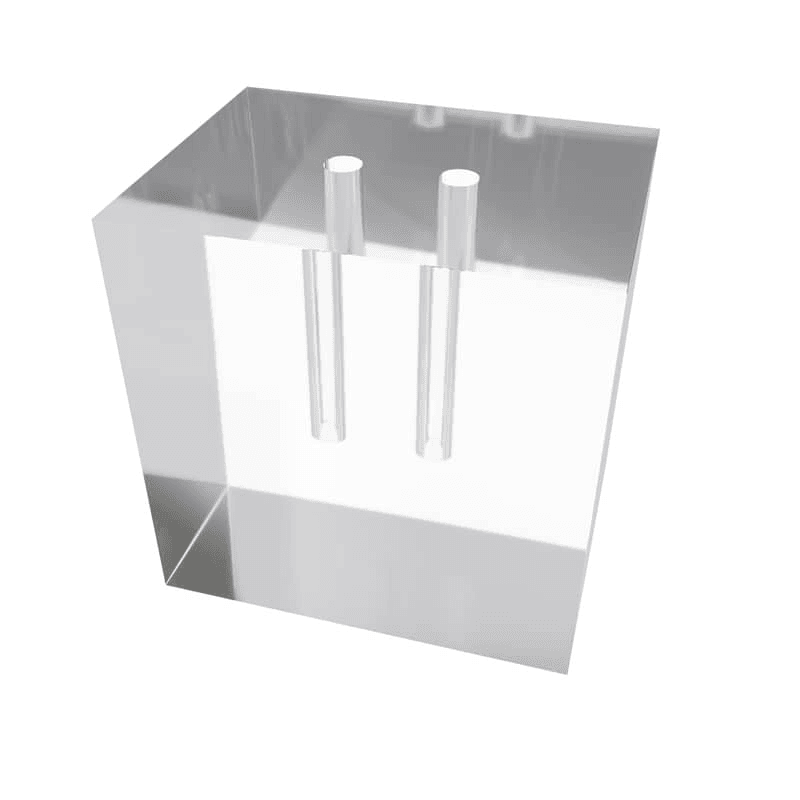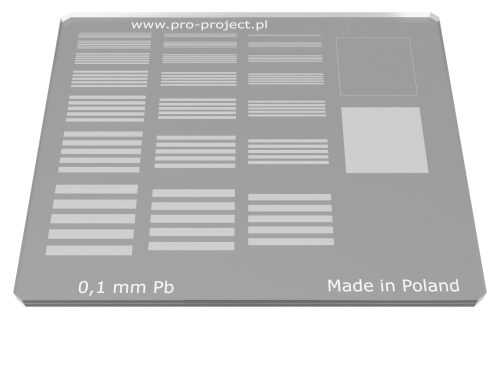This scatter phantom simulates in-vivo forward and backscatter characteristics of 99mTc gamma rays for the extrinsic measurement of a scintillation camera’s deadtime. The phantom produces a spectrum typical of that observed from 99mTc in the myocardium. Reference: Ralph Adams, Gerald J. Hine, and C. Duane Zimmerman, “Deadtime Measurements in Scintillation Cameras Under Scatter Conditions Simulating Quantitative Nuclear Cardiography,” The Journal of Nuclear Medicine, 19 (1978), 538-544.
Product features: complies with: РNEMA Standards Publication (NU 1-2001) Performance Measurements of Scintillation Cameras РNEMA Standards Publication (NU-1 2007) Gamma Cameras РAAPM Report No. 9 РComputer Aided Scintillation Camera Acceptance Testing РAAPM Report No. 22 РRotating Scintillation Camera SPECT Acceptance Testing and Quality Control РACR–SNM (Res. 5 2011) technical standard for diagnostic procedures using radiopharmaceuticals CE certified the manual provides detailed guidelines for carrying out each test, results assessment and registration
Technical data (can be modified to customer specifications): made of PMMA dimensions: 150 x 200 x 200 mm the two holes are used to hold the radioactive sources – hole dimensions: √ò 17 mm x 120 mm deep – spaced 50 mm apart (center-to-center) – distance from the face of the phantom: 50 mm
Features
Product features: complies with: РNEMA Standards Publication (NU 1-2001) Performance Measurements of Scintillation Cameras РNEMA Standards Publication (NU-1 2007) Gamma Cameras РAAPM Report No. 9 РComputer Aided Scintillation Camera Acceptance Testing РAAPM Report No. 22 РRotating Scintillation Camera SPECT Acceptance Testing and Quality Control РACR–SNM (Res. 5 2011) technical standard for diagnostic procedures using radiopharmaceuticals CE certified the manual provides detailed guidelines for carrying out each test, results assessment and registration
Specifications
Technical data (can be modified to customer specifications): made of PMMA dimensions: 150 x 200 x 200 mm the two holes are used to hold the radioactive sources – hole dimensions: √ò 17 mm x 120 mm deep – spaced 50 mm apart (center-to-center) – distance from the face of the phantom: 50 mm




